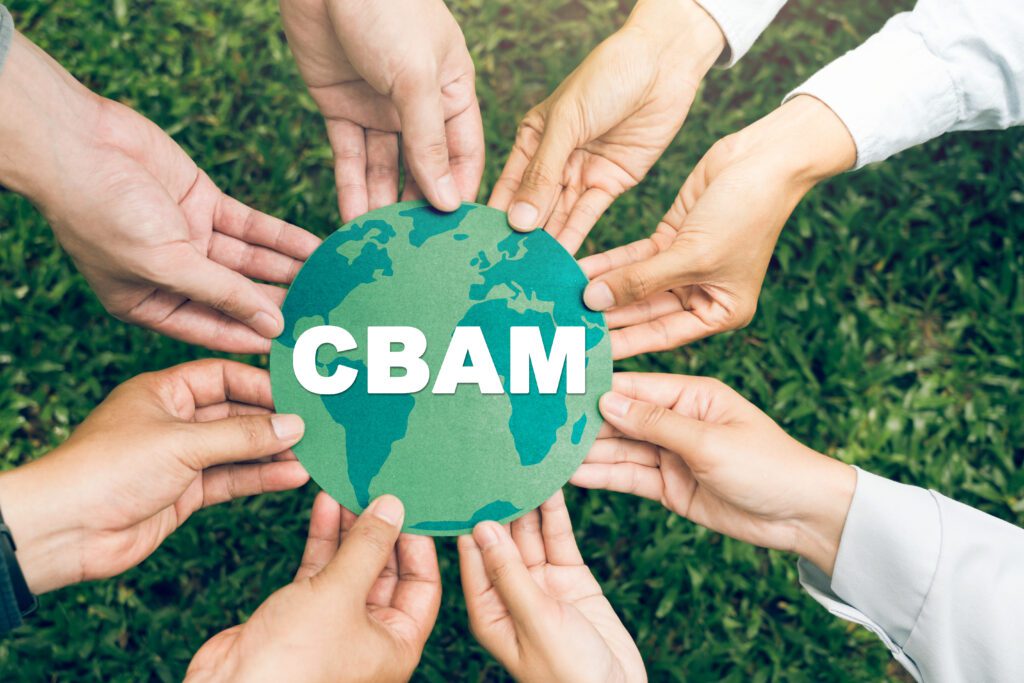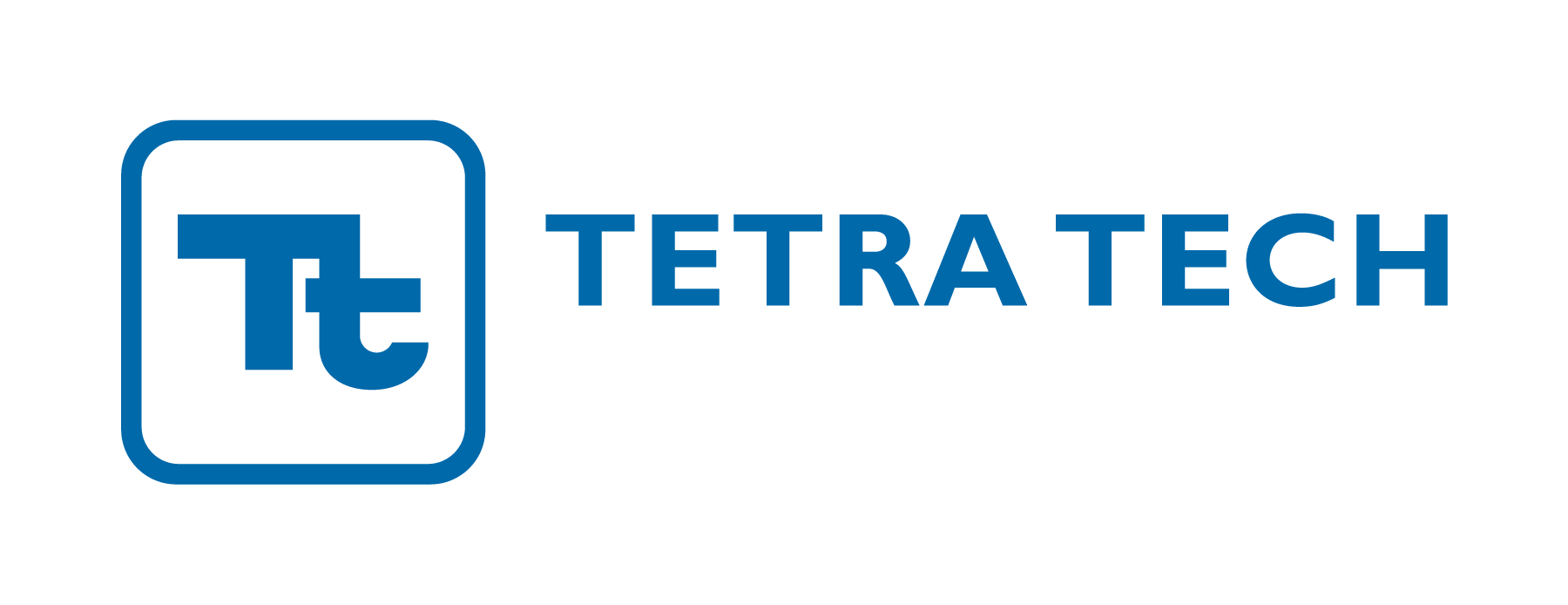As CBAM reporting enters its second year, U.S. exporters are facing rising expectations from their EU customers. While the heaviest obligations under the EU’s Carbon Border Adjustment Mechanism (CBAM) won’t begin until 2026, emissions reporting is already active, and importers are increasingly requesting data from their supply chains.
One area drawing fresh attention is the CBAM de minimis threshold—a limited exemption that temporarily shields low-volume imports from CBAM’s requirements. However, proposed updates under the EU’s Omnibus Package I suggest that this buffer may soon shrink or disappear altogether. For U.S. companies exporting steel, aluminum, fertilizers, and other CBAM-covered goods, now is the time to understand what the exemption really means—and how to prepare for what’s next.
What Is the De Minimis Threshold Under CBAM?
During CBAM’s transitional phase (2023–2025), the de minimis threshold exempts low-volume imports from full reporting obligations. Specifically:
- EU importers are not required to report embedded carbon emissions for imports below 2,500 kilograms per year, per product category, per importer.
- This exemption applies to CBAM-covered goods such as:
- Iron and steel
- Aluminum
- Cement
- Fertilizers
- Hydrogen
- Electricity
Importantly, the exemption is determined at the EU importer level, not the exporter. A U.S. company’s shipment volume matters only in the context of the total amount imported by a specific EU customer.
Why the De Minimis Exemption Matters for U.S. Exporters
Even if the de minimis threshold shields your shipment today, the landscape is shifting fast. Here’s why understanding and preparing for changes is critical:
- You may still need to supply emissions data.
Many EU importers request emissions information proactively, even if they are currently under the threshold. - The exemption is temporary.
New proposals under Omnibus Package I aim to replace the weight-based threshold with a mass-based threshold of 50 tonnes per year per importer—and only for certain sectors. - It’s specific to product categories.
A U.S. exporter’s product might be exempt for one customer and trigger reporting for another.
The exemption is temporary.
New proposals under Omnibus Package I aim to replace the weight-based threshold with a mass-based threshold of 50 tonnes per year per importer—and only for certain sectors.
How Omnibus Package I Could Change the De Minimis Rules
In February 2025, the European Commission finalized a proposal for Omnibus Package I, reshaping the transitional rules for CBAM. Key changes include:
- New mass-based threshold of 50 tonnes per year
Instead of a flat 2,500 kg per product category, importers would benefit from a 50-tonne threshold per year, but only for certain sectors. - Scope limited to specific products
The new threshold applies exclusively to:- Aluminum
- Cement
- Fertilizers
- Iron and steel
Electricity and hydrogen are excluded from this exemption, meaning importers of those products must report emissions regardless of quantity.
- Elimination of the consignment value exemption
Previously, shipments valued under €150 were exempt. Omnibus Package I proposes removing this rule, relying solely on the new mass-based threshold. - Stricter audit requirements
Even exempted shipments may soon require minimal emissions disclosures to satisfy audit checks.
These changes reflect the EU’s aim to tighten environmental controls while minimizing administrative burdens only for genuinely small-scale importers.
Examples in Practice
Real-world examples help illustrate how these changes will impact U.S. exporters:
- Aluminum Exporter:
A Minnesota-based aluminum components maker ships 48 tonnes of extruded profiles annually to a Dutch bike manufacturer. Under Omnibus Package I, they stay within the exemption—but if shipments increase even slightly, full CBAM reporting would be triggered. - Fertilizer Exporter:
A South Carolina fertilizer company exports 45 tonnes to three different EU customers. Two stay within the exemption, but one is projected to cross the 50-tonne threshold next year, prompting an urgent need for emissions documentation. - Electricity Exporter:
A Texas renewable energy firm sells electricity certificates to a Spanish buyer. Because electricity is excluded from the new exemption, full emissions reporting is mandatory—regardless of quantity.
What Should U.S. Exporters Do Now?
The writing is on the wall: temporary relief measures are winding down. U.S. exporters should act now to build compliance muscle before 2026. Here’s how:
- Track your exports by product and customer
Keep detailed records of how much of each CBAM-covered product you ship to each EU client. - Start gathering emissions data
Prepare cradle-to-gate carbon footprints using standardized methodologies like Environmental Product Declarations (EPDs). - Strengthen communication with EU buyers
Ask about their CBAM reporting strategies and thresholds—and position yourself as a proactive, compliant supplier.
Conclusion: The CBAM De Minimis Threshold Is a Temporary Reprieve, Not a Strategy
The de minimis exemption offers a short-term relief valve for low-volume CBAM imports. For U.S. exporters, it may reduce the immediate burden of emissions reporting—but it should not delay broader compliance preparation. With proposed changes under the 2024 Omnibus Package already signaling a more rigorous future, now is the time to build the data and relationships that will define your access to EU markets long-term.
For more on how CBAM is unfolding and how to navigate your compliance requirements, contact Tetra Tech’s team of compliance experts at [email protected] or visit https://www.sustainable-markets.com/cbam/.






